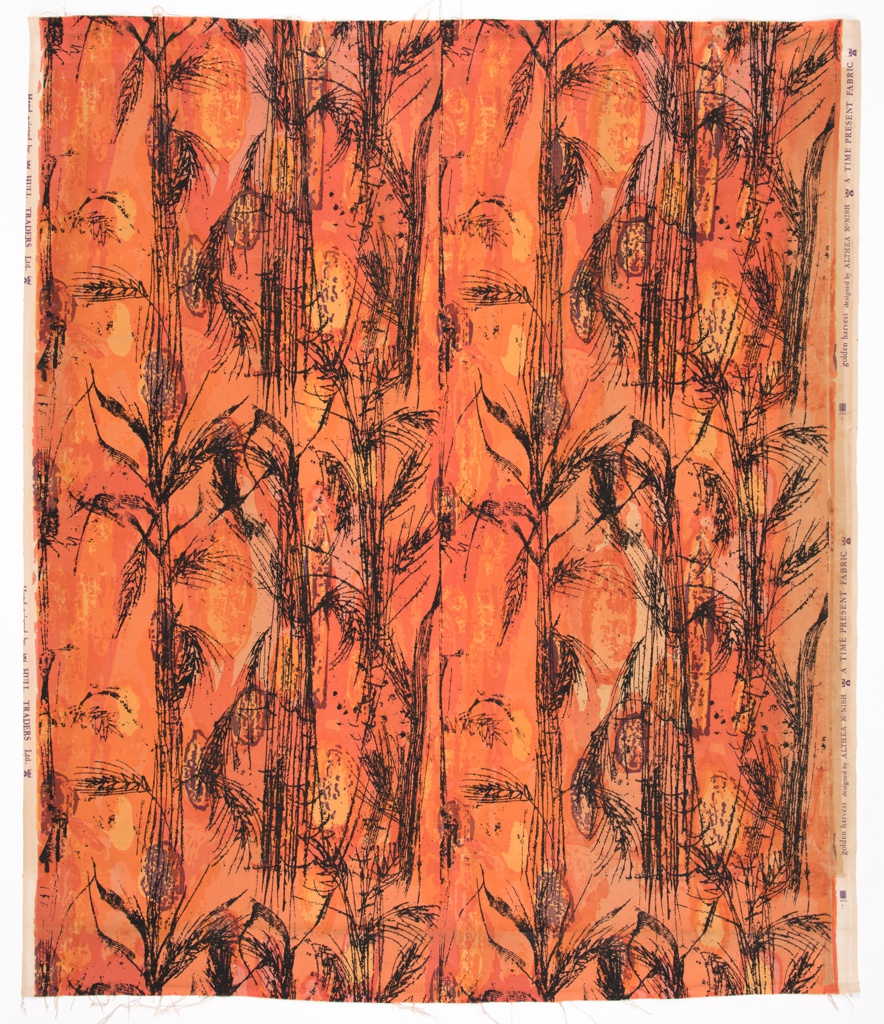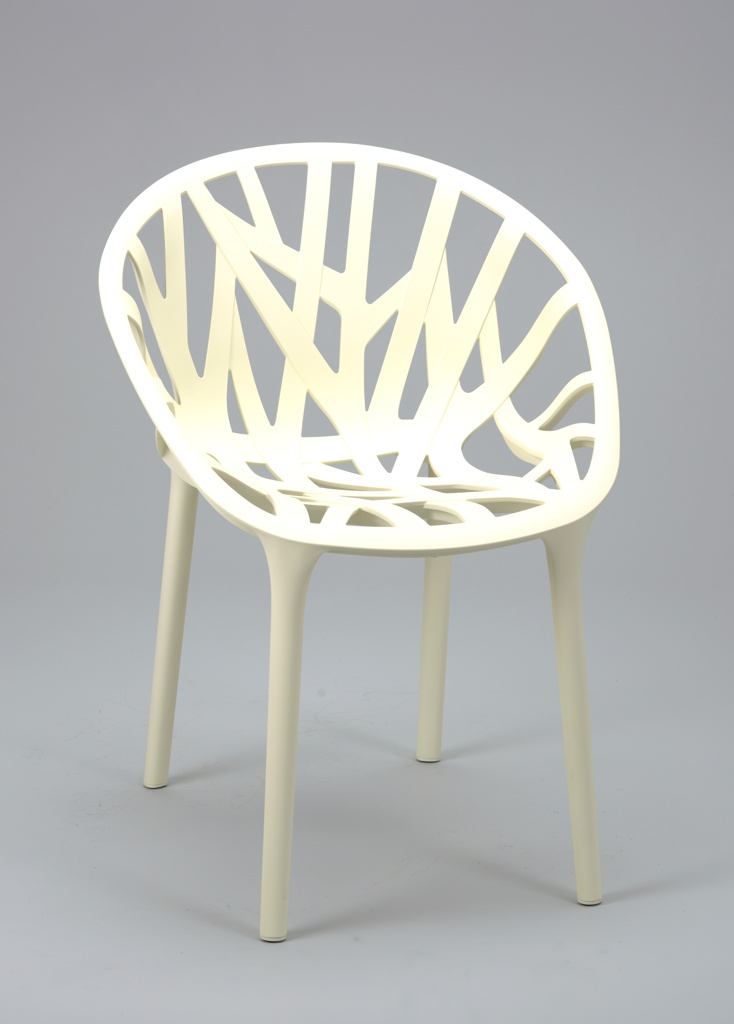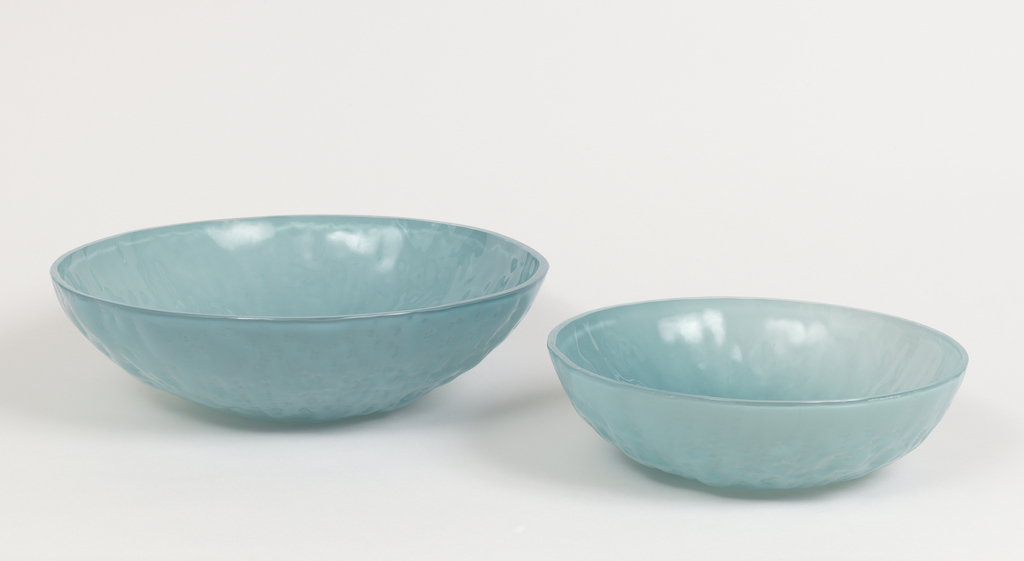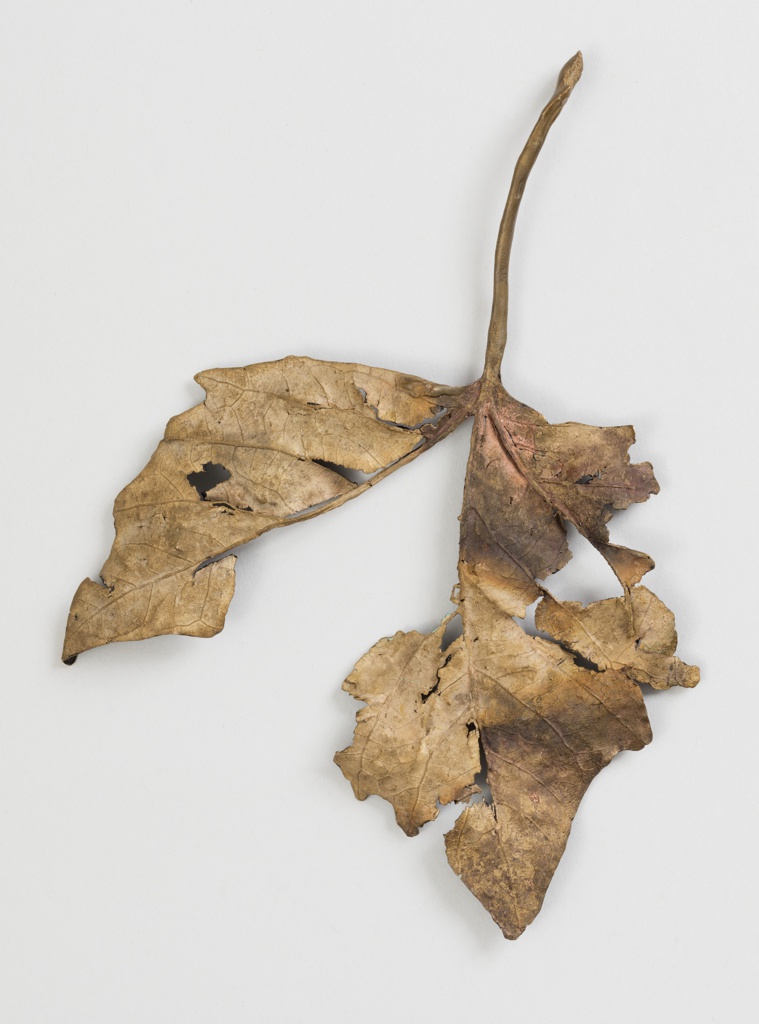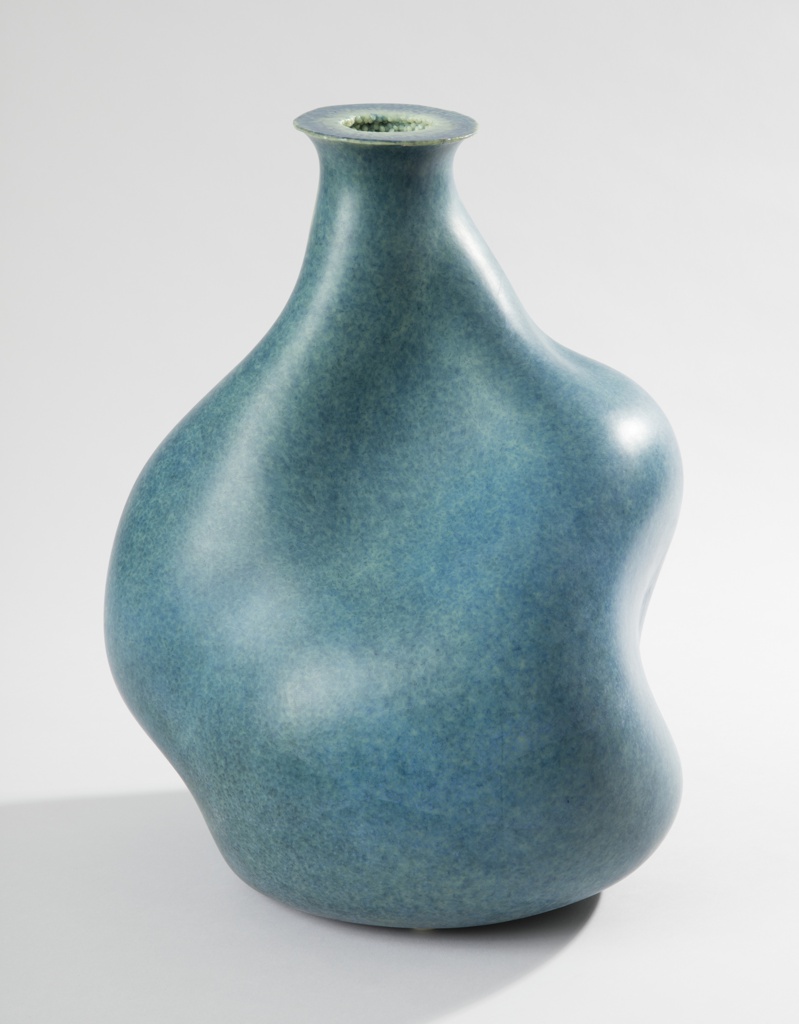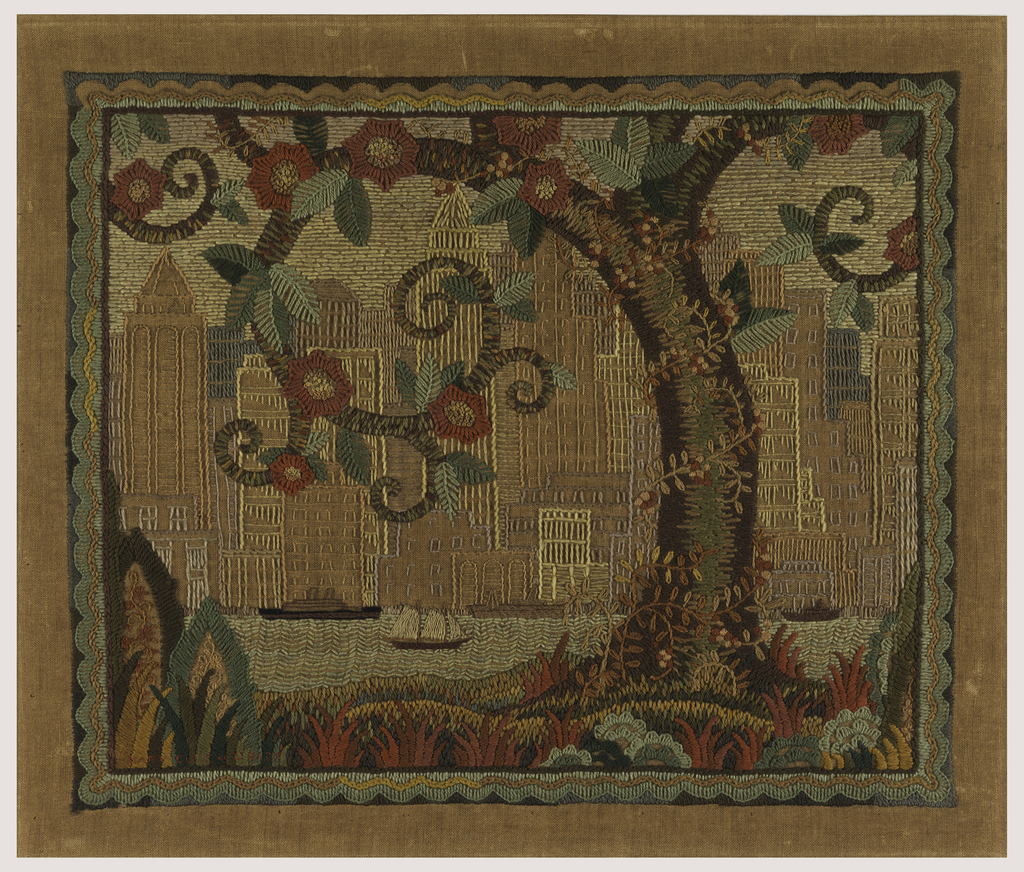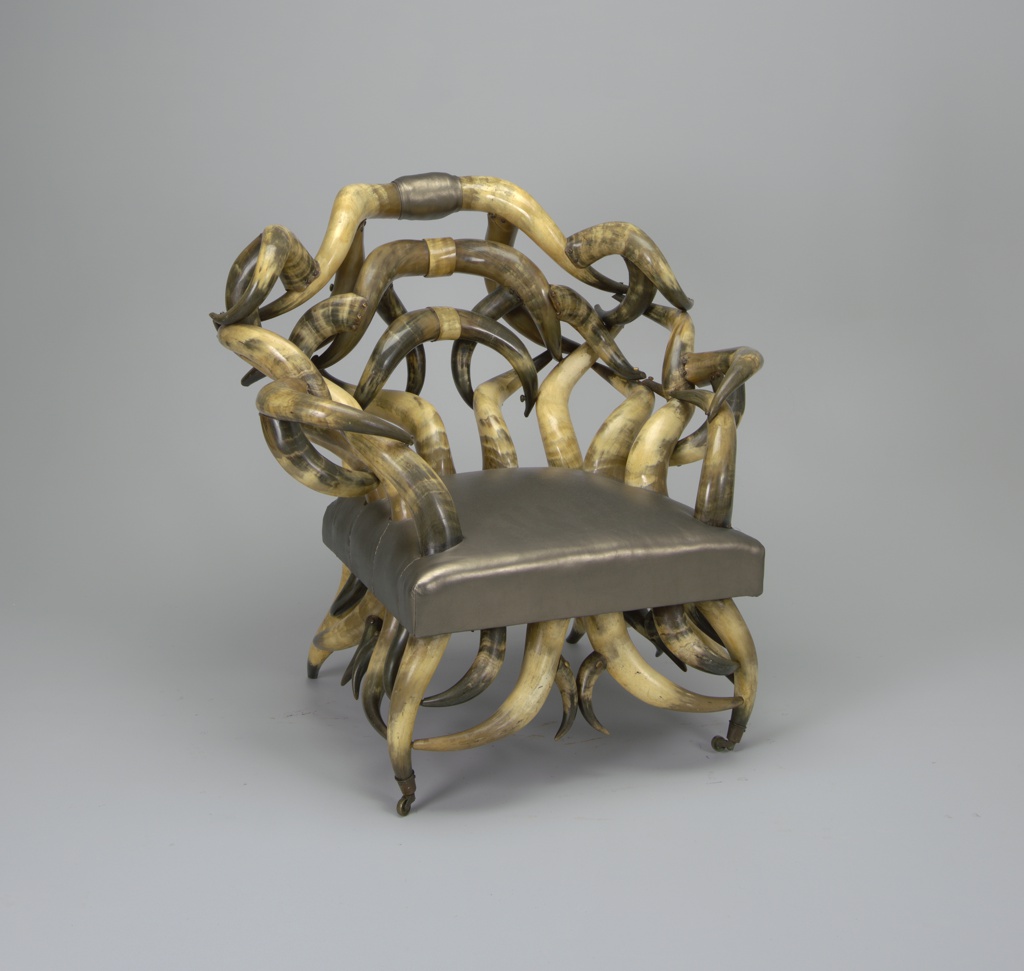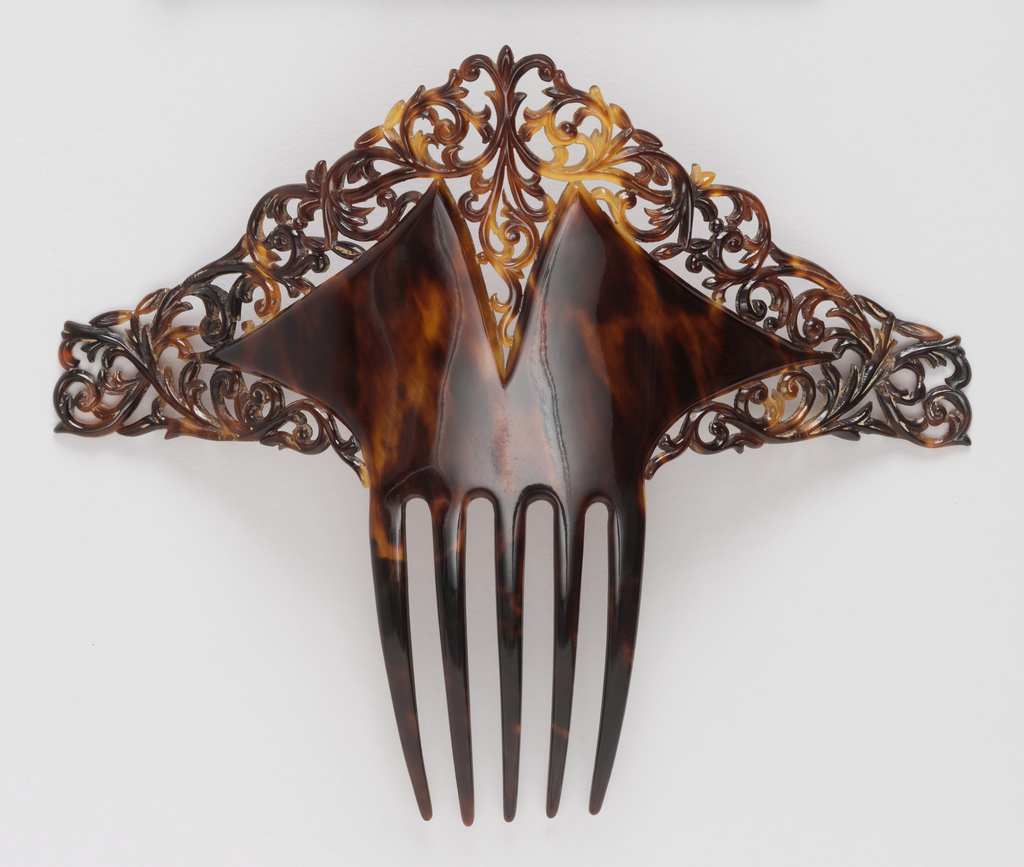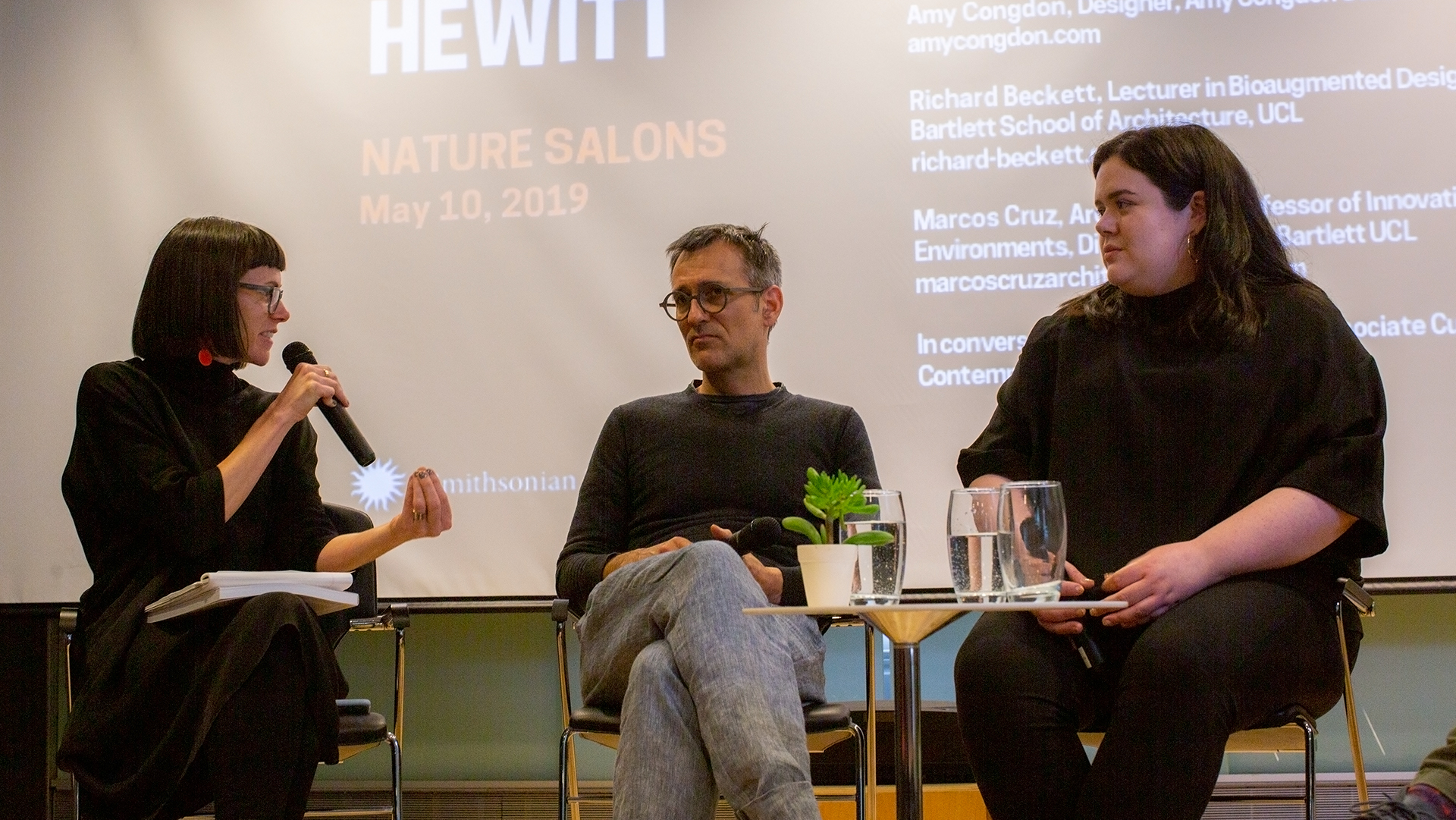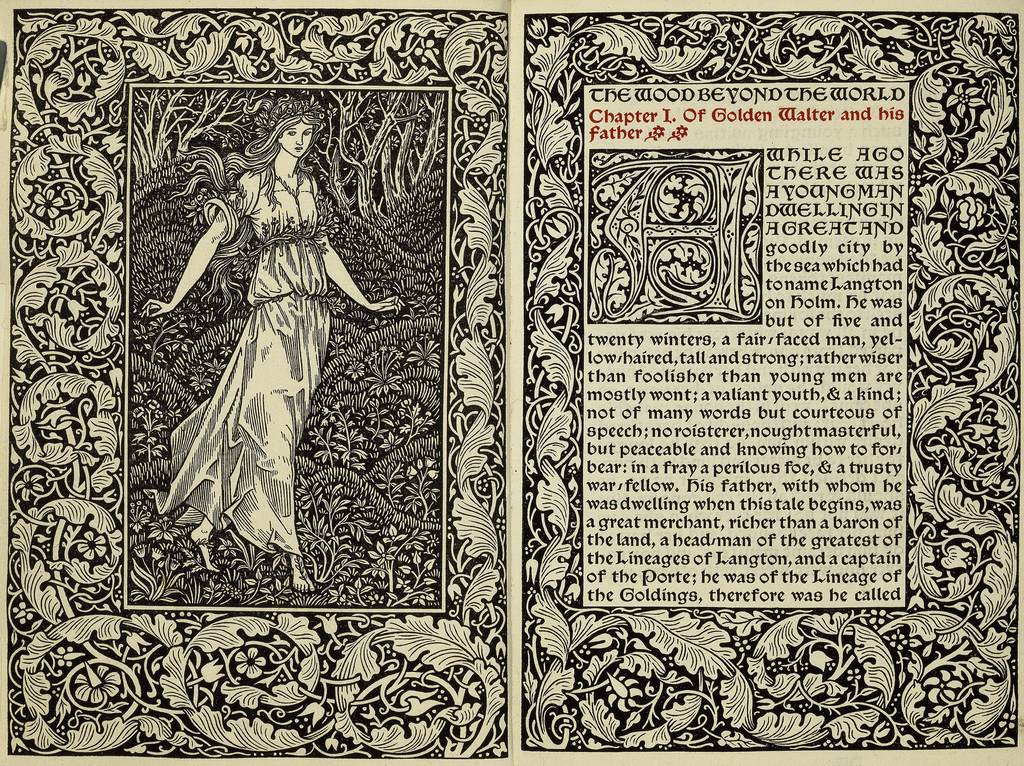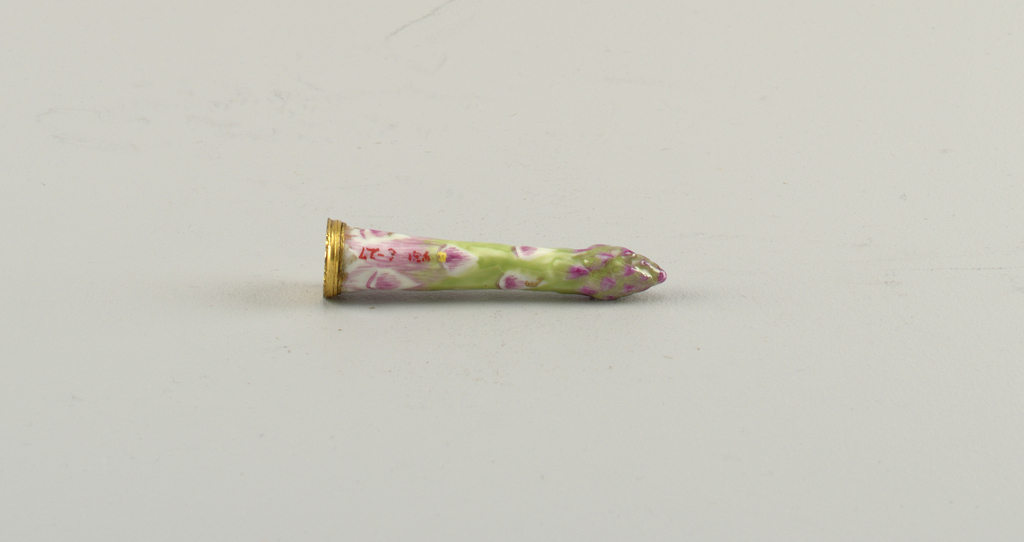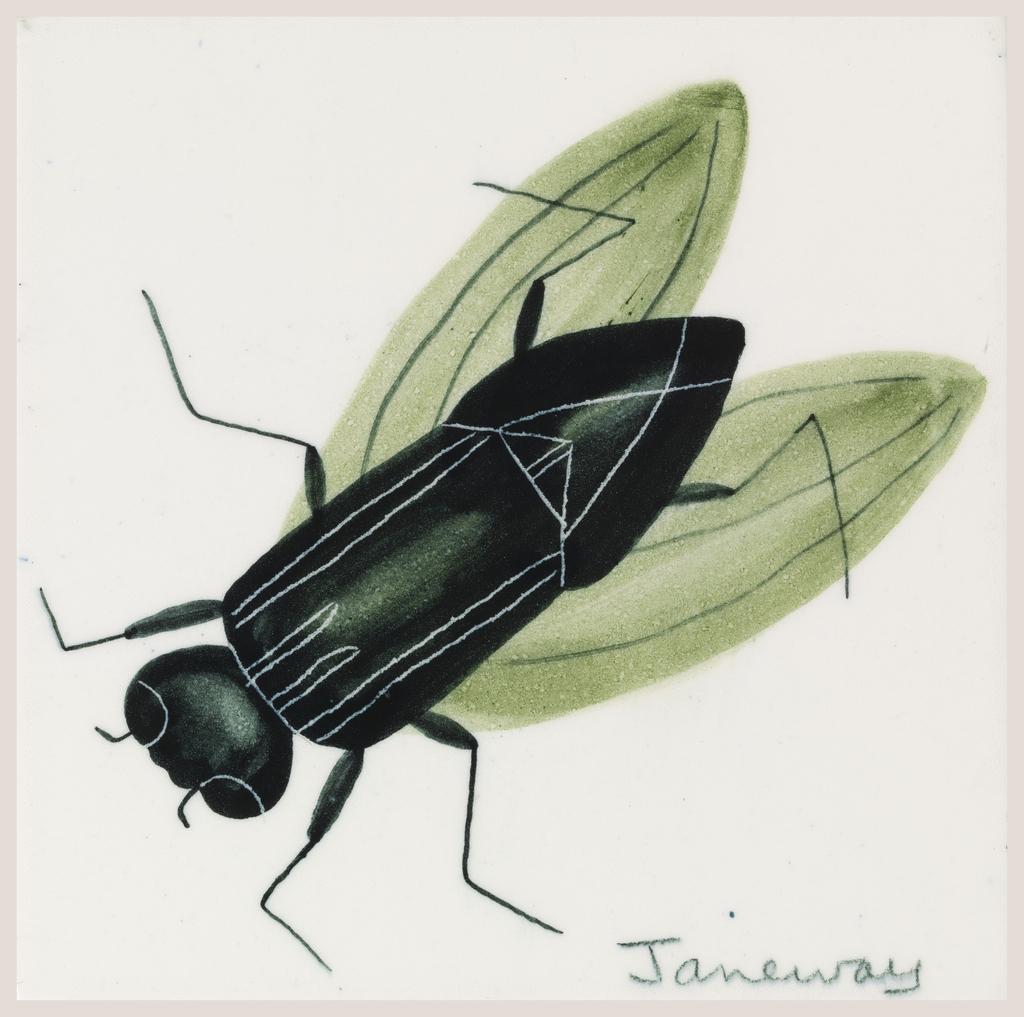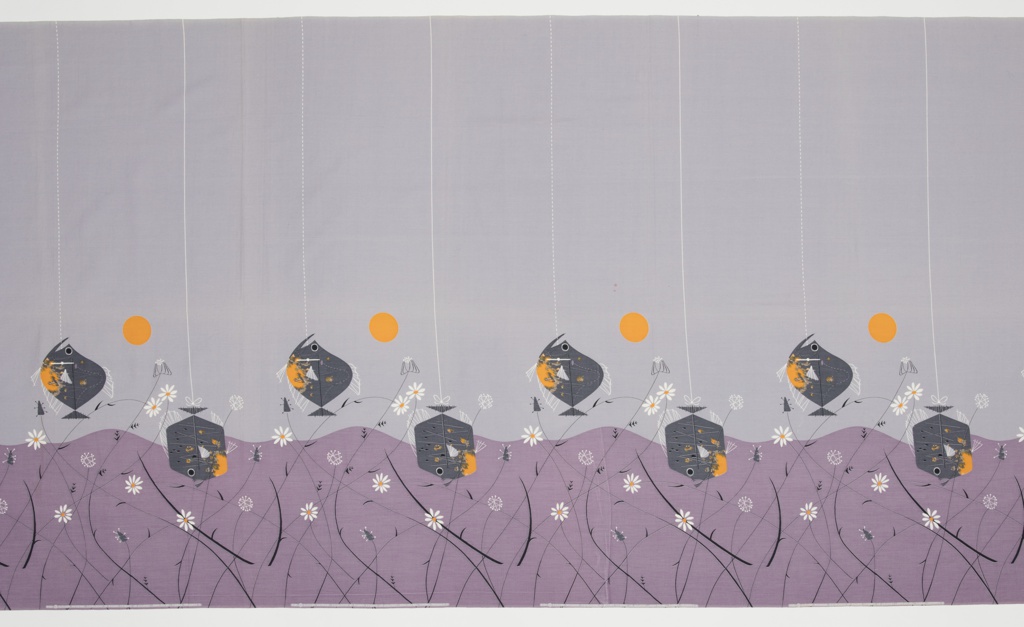Althea McNish (1924–2020) was one of the first Black women designers to receive international recognition for her achievements in design. Her textile Golden Harvest marks the beginning of a remarkable career for an under-recognized pioneer of 20th-century textile design.
In the mid-2000s, designers (and brothers) Ronan and Erwan Bouroullec, came up with the concept of a chair that would “sprout up like a plant…with its branches gently curving up to form the seat and back.” They also took inspiration from historical seating, such as English cast iron garden benches, American chairs in the rustic...
Innovative designer, Emilio Godoy, first came to the museum’s attention for his concerns about environmental sustainability, materials, and efficiency in production. His Pablo and Pedro glass project emerged from “the analysis of the energy used in glass manufacturing, in particular, the energy and resources needed for the fabrication of metal molds” used to form glass...
This bronze brooch by John Iversen, in the form of a delicate decaying leaf with all its ripples and tears, celebrates the variety, cycles, and even decline found in nature. Variations in the metal’s color and finish meticulously capture a dry leaf’s faded hues and brittle textures, heightening a sense of nature’s unpredictability and randomness....
Designers Rutger de Regt and Marlies van Putten, the principals of Handmade Industrials, are both inspired and concerned by today’s production processes that are increasingly driven by computers. They ask, are we reducing or removing the presence of human experience and experimentation in manufacturing? Are we losing touch with our environment—is it becoming increasingly artificial?...
In celebration of the fourth annual New York Textile Month, members of the Textile Society of America will author Object of the Day for the month of September. A non-profit professional organization of scholars, educators, and artists in the field of textiles, TSA provides an international forum for the exchange and dissemination of information about...
Trained as a cabinetmaker in his native Bohemia, Wenzel Friedrich immigrated to the United States in 1853, settling in San Antonio, Texas, and opening a revival-style furniture business. In 1880, he became more innovative, realizing the potential of the Texan stockyards’ abundant supply of Texas Longhorn cattle horns as a material for use in furniture...
Max Liboiron is a feminist environmental scientist, science and technology studies (STS) scholar, and activist. As an Assistant Professor in Geography at Memorial University of Newfoundland, Liboiron directs Civic Laboratory for Environmental Action Research (CLEAR), a feminist, anti-colonial laboratory that specializes in grassroots environmental monitoring of marine plastic pollution. Liboiron’s STS work focuses on how invisible...
A version of this post was originally published on September 22, 2015. Some combs are used to groom hair, others to embellish and hold it in place. This decorative lady’s hair comb dates from the nineteenth century. By the 1830s, the austere, classically inspired Empire or Regency fashions popular since about 1795 had been supplanted...
Designers Shahar Livne and Charlotte McCurdy in conversation with Caitlin Condell, Associate Curator and Head of Drawings, Prints & Graphic Design. Join us for a discussion exploring the ways in which designers consider the abundance of materials available to them in the 21st century. As the boundary between ‘synthetic’ and ‘natural’ materials becomes increasingly blurry,...
Talk on What role does biological growth play in 21st-century design?
William Morris’s The Wood Beyond the World (1894) relates the adventures of Golden Walter, a man who seeks to escape his mundane life and sets out on a sea voyage, eventually gaining control of the kingdom of Stark-Wall and the love of a beautiful maiden. The book was published by the Kelmscott Press, a private...
Trompe-l’oeil ceramics such as this porcelain étui modelled after an asparagus tip were all the rage in Europe and England during the 18th century. Etuis are small ornamental personal cases that were used to carry toiletry items or sewing tools, and would have been used primarily by women. Other examples of trompe-l’oeil ceramics included tureens...
Author: Victoria Jenssen I grew up with Carol Janeway’s animal-themed tiles in my parents’ home, but only since my parents’ death at the turn of this century did I start researching Janeway’s career. My family’s amusing tiles were leftovers from my father’s career of the post-war 1940s when he crafted Janeway-designed hardwood frames for her...
Behold how black skimmers fish for their finny food. As the tide falls and the moon rises, a squadron of skimmers shimmers over the glassy cove, shallow-plowing the shallows with their razor-thin lower mandibles, scooping up minnows by the many from the mini furrows. It’s a little like seeing with a string, and you have...
